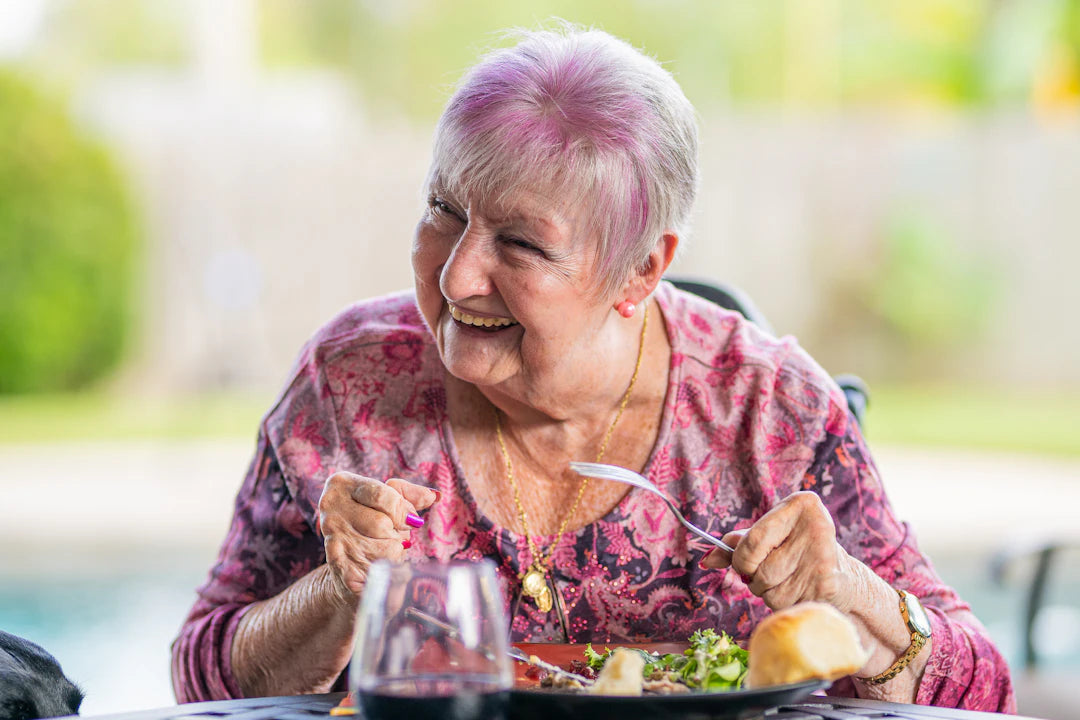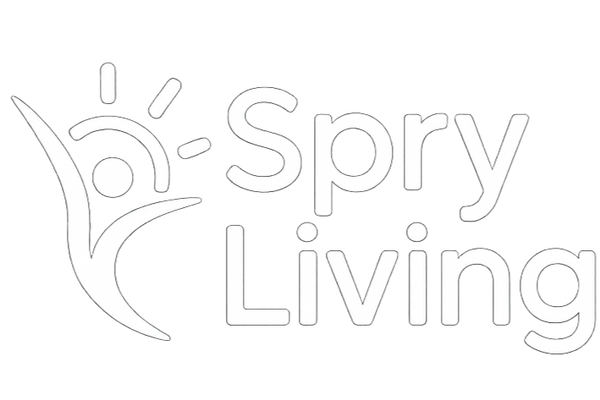
Nutrition Tips for Active Seniors: Stay Fit & Healthy!
Share
Frequently Asked Questions
1. What are the key elements of a balanced diet for active seniors?
2. Why is hydration important for seniors?
3. What nutrients are particularly important for seniors?
4. How can seniors establish healthy eating habits?
5. What types of exercises are recommended for active seniors?
As we age, maintaining our health becomes increasingly important. For active seniors, good nutrition goes hand in hand with physical activity. There are unique challenges that come with growing older, such as joint pain, balance issues, and motivation struggles, but with the right dietary choices and a few easy mobility routines, you can continue enjoying a vibrant lifestyle. In this article, we will explore essential nutrition tips designed specifically for active seniors that promote overall well-being, energy, and fitness.
Understanding the Nutritional Needs of Active Seniors
The body undergoes various changes as we age, and our nutritional requirements evolve accordingly. It’s vital for seniors to focus on a balanced diet that supports their active lifestyle. Let’s break down the key elements that should be included in daily nutrition:
1. Emphasize Whole Foods
Whole foods are unprocessed or minimally processed foods that are rich in nutrients. These include:
- Fruits and vegetables: Aim for a colorful variety to obtain different vitamins and minerals.
- Whole grains: Incorporate foods like quinoa, brown rice, and whole wheat pasta for fiber and sustained energy.
- Lean proteins: Include options like chicken, turkey, fish, beans, and lentils to maintain muscle mass.
- Healthy fats: Sources such as avocado, nuts, seeds, and olive oil support heart health.
2. Stay Hydrated
Hydration is crucial, especially for seniors, as the sensation of thirst may diminish with age. Drinking water throughout the day and incorporating hydrating foods like cucumbers, oranges, and soups can help maintain hydration levels. It aids digestion, energy levels, and overall health. Aim for at least 6-8 cups of water daily, and don't forget to adjust based on your activity level.
Minding Nutrient Density
Nutrient density is a measure of how much nutrition is packed into each calorie. For active seniors, choosing nutrient-dense foods can significantly impact energy levels and overall health. Here are some nutrients particularly important for seniors:
1. Calcium and Vitamin D
Bone health is essential to prevent fractures and osteoporosis. Ensure you consume enough calcium-rich foods such as dairy products, dark leafy greens, and fortified plant-based milks. Pair these with Vitamin D from sources like fatty fish, or consider a supplement if recommended by your doctor, especially if you have limited exposure to sunlight.
2. B Vitamins
B vitamins play an essential role in energy metabolism. Foods like whole grains, eggs, and leafy greens are excellent choices. They help combat fatigue, keeping you energized as you engage in your easy mobility routines.
3. Omega-3 Fatty Acids
These healthy fats help reduce inflammation and can alleviate joint pain. Include fatty fish such as salmon and sardines and consider walnuts and flaxseeds for vegetarian options.
Healthy Eating Habits for Seniors
Establishing good eating habits can significantly affect your energy and motivation. Here are some tips to help you create a healthy eating environment:
1. Meal Planning and Preparation
Take time each week to plan your meals and snacks. Preparing meals in advance ensures that you have healthy options ready, reducing the temptation for processed snacks or fast food. Prepare larger batches of healthy dishes and freeze portions for later use. This not only saves time but also encourages healthier choices.
2. Mindful Eating
Practice mindful eating by focusing on your meals without distractions. This can help you enjoy your food more and recognize when you are full. Take your time with each bite, appreciating the flavors and textures.
3. Societal Engagement
Dining with friends or family can enhance your meal experience. Consider inviting neighbors over for a meal or participating in a community cooking class. It can make healthy eating feel more enjoyable and less isolating.
Integrating Nutrition with Fitness
Nutrition and physical activity should go hand in hand, particularly for active seniors. When you’re fueling your body well, it is better equipped for your daily activities, including your easy mobility routines. Here are some gentle fitness routines that work well with these nutrition tips:
1. Gentle Stretching
Incorporating a daily stretching routine can improve flexibility and help with balance. Simple stretches focusing on the legs, arms, and back can ease muscle tension and prepare you for more intense activities.
2. Walking
Walking is a low-impact exercise that is highly beneficial for heart health, mobility, and overall fitness. Start with short walks and gradually increase your distance as you build endurance. Aim for at least 30 minutes of walking each day, breaking it up into manageable segments as needed.
3. Chair Exercises
For those who experience joint pain or have mobility limitations, chair exercises can be fantastic! Here are a few you can try:
- Seated leg lifts: Sit up straight and extend one leg out. Hold for a few seconds, then switch legs.
- Arm circles: With hands on your hips or extending to the side, make gentle circles to help strengthen your shoulders.
- Seated marches: While sitting, lift your knees alternately as if marching.
4. Balance Exercises
Improving balance is crucial for preventing falls in seniors. Simple balance exercises can include:
- Standing on one foot while holding onto a chair for support. Switch feet after a few seconds.
- Heel-to-toe walk: Place the heel of one foot in front of the toes of the other foot as you walk in a straight line.
The Power of Motivation and Support
Maintaining motivation can be challenging as we age. Engaging in easy mobility routines or fitness activities with friends or family can make exercise fun and promote adherence. Consider joining classes specifically designed for seniors, such as yoga or Tai Chi, to foster connectivity and build a sense of community.
Additionally, setting achievable goals can provide direction and a sense of accomplishment. Start with small, attainable milestones such as walking a little further or trying a new healthy recipe. Celebrating these wins can significantly boost your confidence and drive.
Nutrition and Well-Being: Your Path to an Active Life
Incorporating these nutrition tips into your lifestyle doesn’t have to be overwhelming. Start with one change, such as adding an extra fruit to your day or taking a short walk after meals. By focusing on whole foods, hydration, and balanced nutrition, alongside gentle fitness routines, you’ll be better equipped to embrace the joys of an active life in your golden years.
Your journey to health is not just about diet—it's about creating a vibrant lifestyle that fosters well-being day in and day out. Remember, you have the strength and resilience to maintain your energy and vitality as you age. Eat well, move gently, stay engaged, and most importantly, enjoy each moment along the way!
